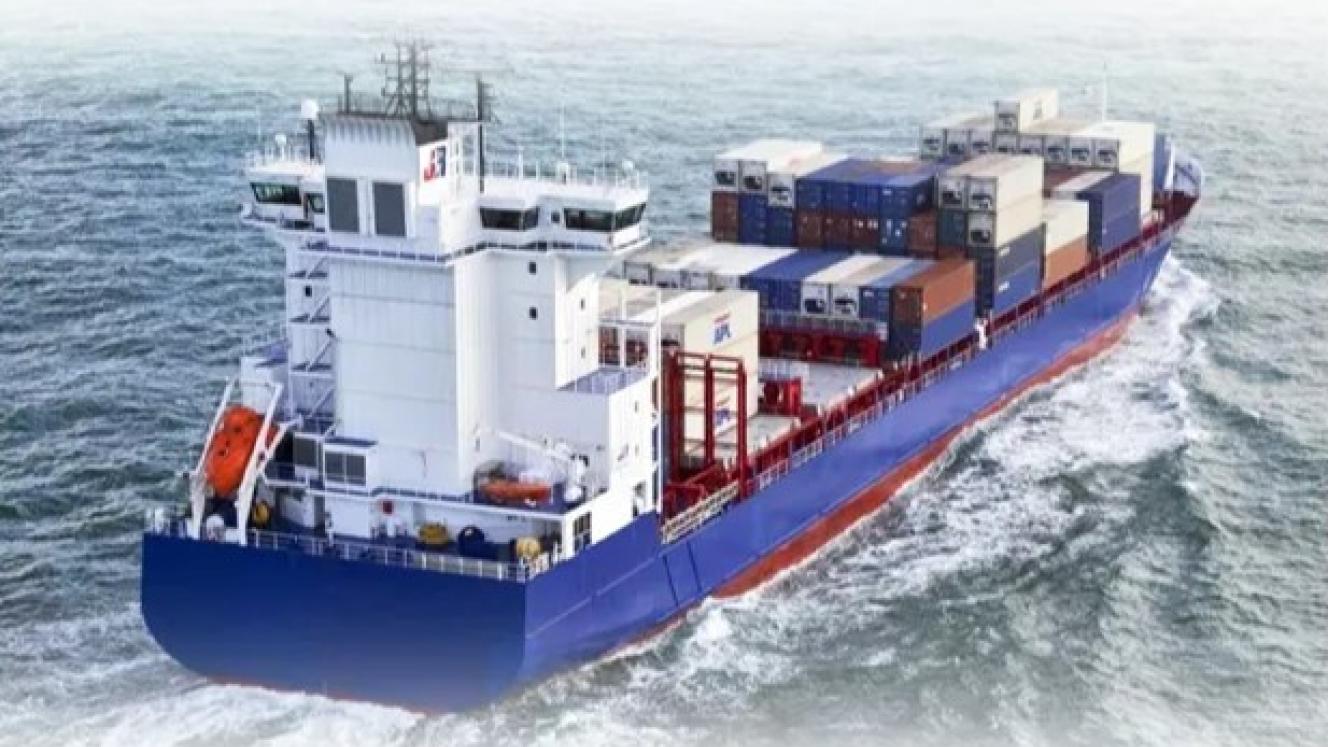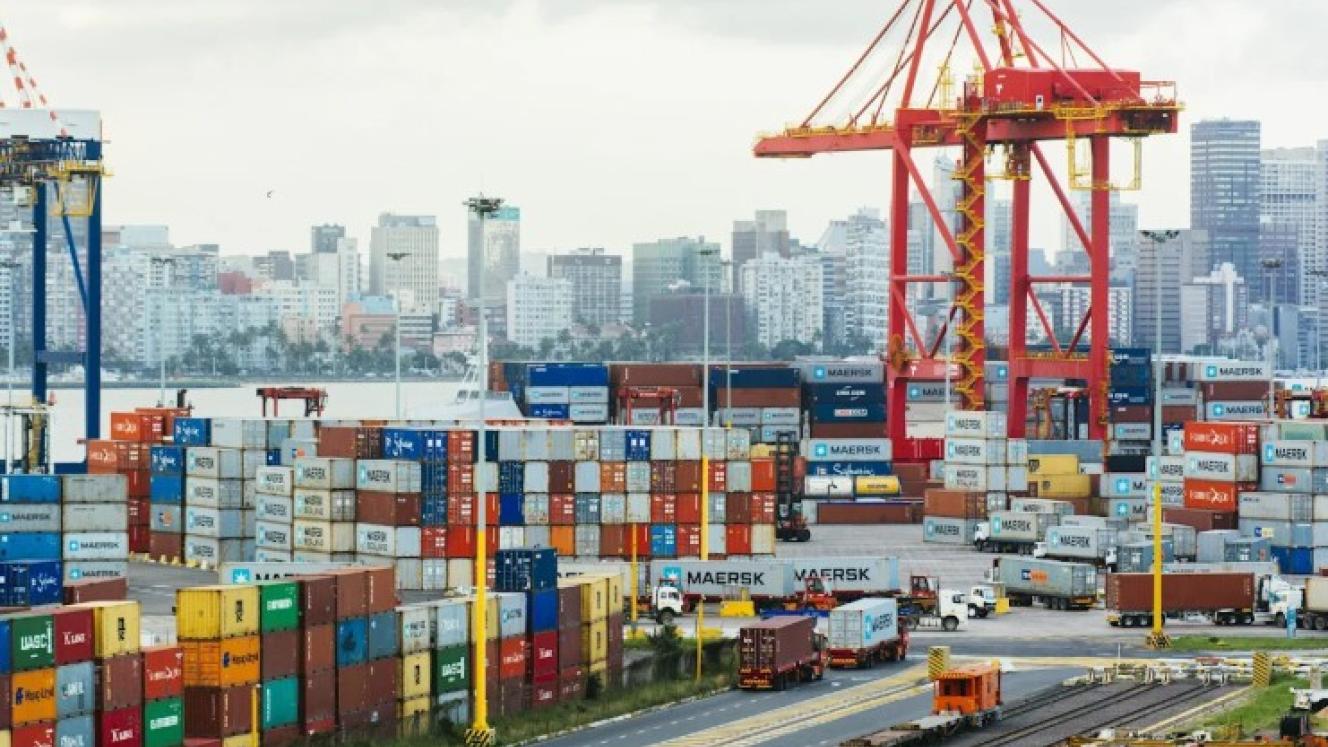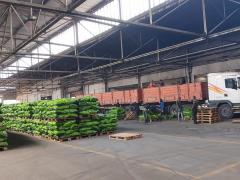Non-vessel operators are feeling the pain of high slot costs and historically low container rates, but the slow bleeding will eventually spill over to feeder carriers, says Hans-Henrik Nielsen of Dubai-based CargoGulf.
Comparing it to the ancient Chinese torture method of lingchi (death by a thousand cuts), the NVOCC’s global development director said the high-low divergence “is quickly destroying financial viability” for his sector.
However, whereas current market conditions may be favouring feeders in the bigger scheme of things, it’s not a viable main-line operator (MLO) strategy.
“Beyond the horizon it will also impact commercial feeder operators to a degree the feeders are not willing to deal with yet.”
Nielsen has reason to believe why the slow bleeding will eventually be borne by short-sea shippers too.
Referring to a recent article in Shipping Watch, he says: “Commercial feeder operators are facing an existential crisis, unless they pivot away from their dependence on MLOs, and build a strong NVOCC client base.
“The MLOs (as we know already) will use the feeders to build up critical mass, and thereafter unceremoniously proceed to dump the same feeders, as soon as they have sufficient volume to operate their own dedicated feeder services.”
According to Nielsen, the lack of feeder tonnage at shipping yards already serves as an indication of a potential MLO-shift away from transshipment reliance.
It’s simply not an enduring strategy of main-route carriers to remain in a long-term relationship with feeders, Nielsen argues.
All the more reason, then, to revisit an old idea – co-operation between feeders and NVOs.
In a post on social media, Nielsen says shared experience and “playing to each other's strength”, can create extra focus.
“The problem has been – the feeders don't listen, because they are still obsessed with short-term profit from the MLOs.”
But although profit-taking for feeders is good currently, in about 18 months MLO volume requirements will exceed feeder capacity – an argument that holds water considering the order book demand among leading lines.
“What does this mean? In simple terms: the feeders need to offer the same commercial terms to the NVOCCs that they currently offer to MLOs.”
Nielsen says he believes that a longer-term sharing-is-caring strategy will allow NVOCCs to compete on even terms.
Should feeders prefer profit now over future progress, a wave of 50% empty slots will come crashing through in about 18-24 months’ time, Nielsen predicts.
Partnering with NVOs to sustain capacity towards the end of 2026 and beyond, means the container rate blood-letting is eventually stemmed, he says.













